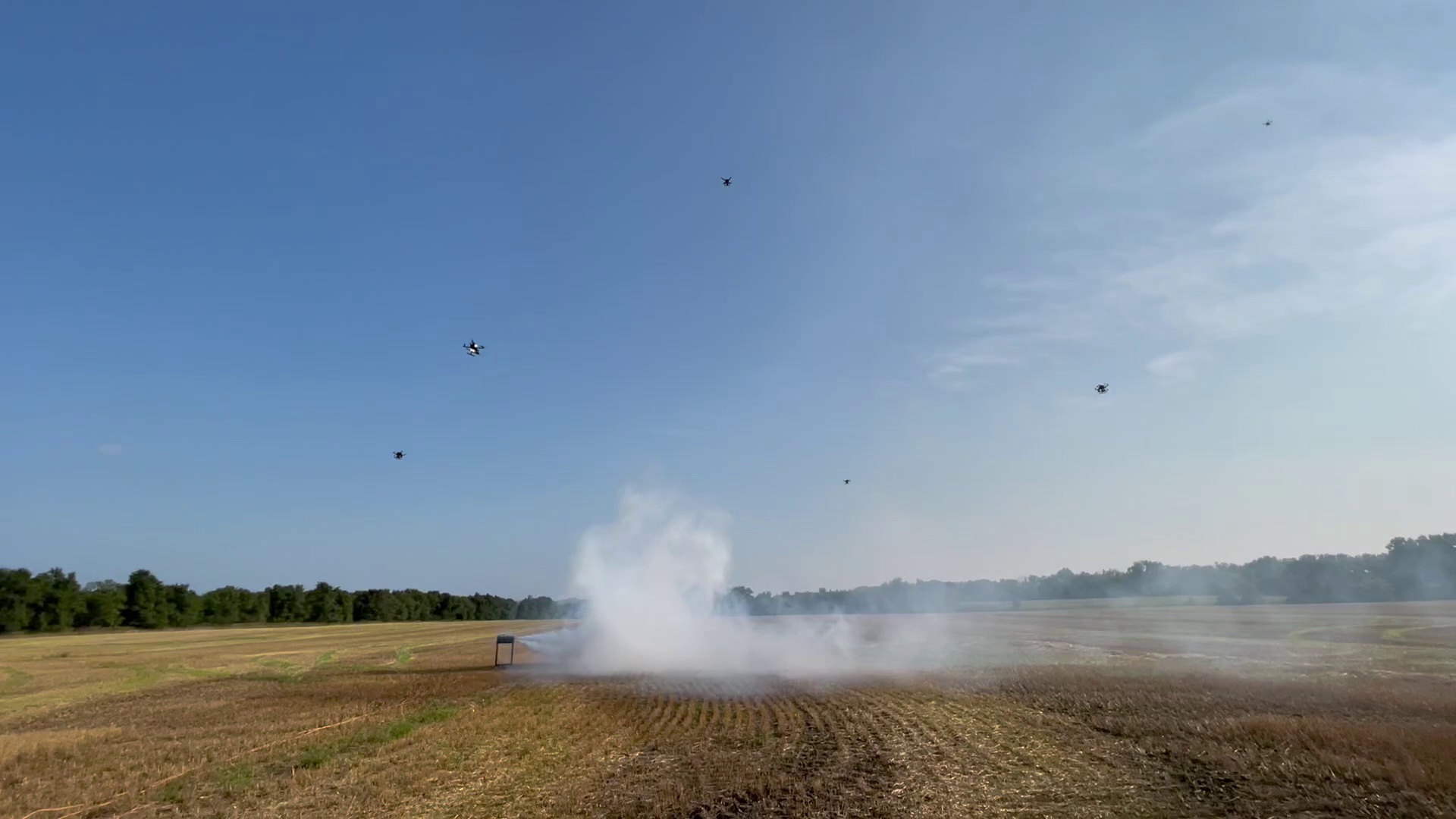Career Stepping Stones Beyond the Classroom
Career Stepping Stones Beyond the Classroom


A competitive employment market for engineers together with shifting business strategies and corporate cultures is shattering the notion that academic success is the sole pathway to career opportunity.
While good grades in college still matter, many employers in the technology field are seeking engineers who have broadened their skills and experiences outside the traditional classroom and into volunteer work, design teams, and other types of extracurricular pursuits. Design teams in particular allow students strong exposure to the interdisciplinary aspect of engineering and valuable experience in teamwork, communication, and project management.
“Business employers today are attracted to well-rounded job candidates who demonstrate interest and achievement beyond the normal expectations of coursework and labs,” notes Paul Stevenson, an ASME member in the Florida West Coast Section and vice president at McCormick Stevenson, an engineering consultancy located in Clearwater.
Stevenson, senior vice president of the Society’s Student and Early Career Sector, twice a year visits area colleges to impart career advice and guidance, never failing to extol the benefits and value of networking, soft skills development, and active participation in professional societies.
Among these professional societies, ASME has provided solid opportunities for students and early career engineers to enhance their skills and grow their knowledge and experience. The Society’s popular outreach programs include the Human Powered Vehicle Competition, Student Design Competition, IShow, and technical presentations and poster sessions at various conferences. This year ASME will roll out an ambitious new program – E-Fests.
Engineering Festivals
E-Fests will consolidate several of ASME’s design competitions, while aiming to connect students and early-career engineers to thought leaders and practicing engineers to receive practical and valuable career guidance. E-Fests are built on an ‘engineering festivals’ model, incorporating many programs and activities in one place.
Stevenson is on the ASME team that planned and developed the business model for E-Fests, and was a champion for the program when it was only a concept more than two years ago. According to Stevenson, the program components of E-Fests strongly align attendees with the interests and marketing goals of today’s high-tech corporate enterprise.
For example, the E-Fests programs will include hackathons, in which students can exercise computer skills and abilities that are viewed as assets to government agencies, transit system operators, and companies seeking new product innovation. Challenged to deal with the unprecedented rate of change brought by the increasingly digitized economy, companies across all industry sectors are recruiting engineers with aptitude in programming, coding, and hardware applications.
“The emerging data-driven economy is putting a premium on engineers who can write and analyze sophisticated computer code and also develop algorithms enabling companies to successfully manage supply chains, internal operations, product development timetables, and other important business functions,” said Stevenson.
Another emerging industry trend, according to Stevenson, is additive manufacturing, which will receive strong exposure at E-Fests via the popular IAM3D Competition. “There are many unmet needs in the additive manufacturing space, particularly in the area of materials characterization,” noted Stevenson, who as a consultant to the aerospace industry has seen the ability of manufacturers to design and fabricate quality parts on 3D printers. “Young engineers giving presentations in the IAM3D Competition at E-Fests will find themselves in a position to market their talents to firms seeking new ideas and new concepts.”
Multidisciplinary Engineering
At E-Fests, participants in the IAM3D Competition will share the stage with design teams in the Human Powered Vehicle Competition, bringing together creators of simulation tools and 3D printers with designers of control mechanisms and aerodynamic systems in a multidisciplinary forum of information exchange and knowledge sharing. According to Stevenson, E-Fests blur the lines between engineering disciplines, promoting an environment in which young engineers of diverse talents and interests can connect, collaborate, and learn.
“When they enter the business world, young engineers will see that companies place value on teamwork and communication, said Stevenson. “In today’s engineering design environment, no product is the creation of one individual. To tackle the complex technology challenges of the 21st century, engineers will need help – they will need to work on discipline-diverse teams.”
In his visits to local colleges, Stevenson impresses upon engineering students to learn as much as possible about project management. “Skills in project management as well as involvement on design teams convey to business employers that a student has a foundation in team-based problem solving and communication,” said Stevenson.
He believes E-Fests will assist post-secondary students and early career engineers in finding ways to develop the skills to render them more marketable in today’s competitive and multidisciplinary workplace.
“A central mission of E-Fests is to prepare young engineers to be valuable members of a changing technology workforce – and to play a role in helping companies solve the complex challenges facing the world,” said Stevenson.


.jpg?width=850&height=478&ext=.jpg)


